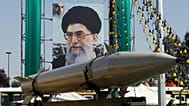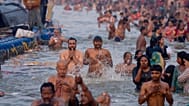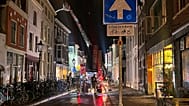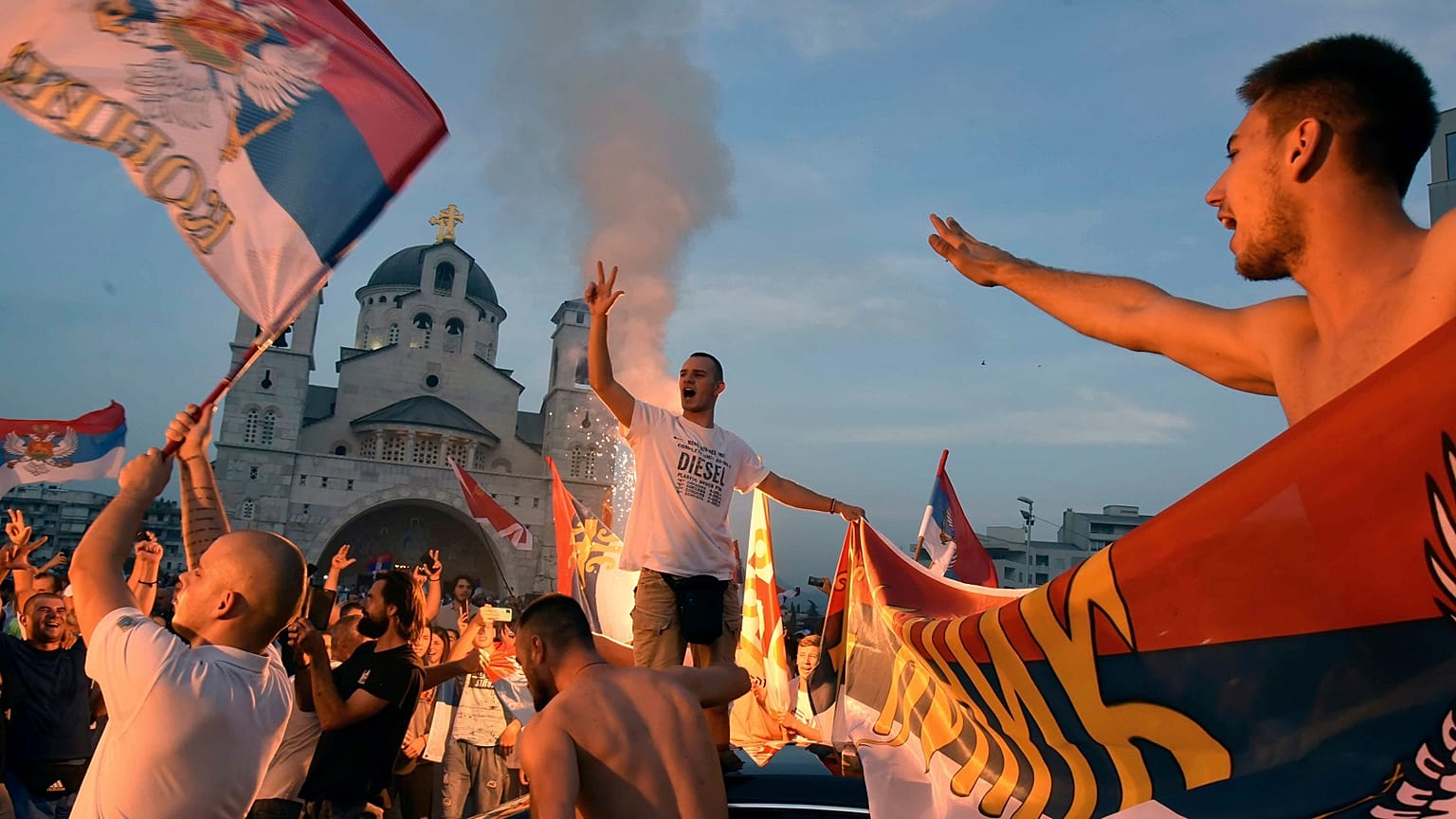The opposition, consisting of three major political alliances, secured a slim victory over the incumbent DPS party, which has been in power for nearly three decades. But what do these factions stand for?
The election in Montenegro on Sunday resulted in a slender victory for the opposition, ending the near 30-year-rule of Milo Đukanović’s Democratic Party of Socialists (DPS).
Consisting of three blocs or alliances, For the Future of Montenegro, Peace is Our Nation and Black on White, the opposition won a wafer-thin majority with 50.7 per cent of the votes, or 41 out of 81 seats in the Montenegrin parliament.
What happens now that the die has been cast?
According to the country's constitution, the newly-elected parliament must sit within 15 days of the final election results being declared with the prime minister-designate, proposed by the president, in place within 30 days of the first sitting of parliament.
Whilst the election resulted in a win for the opposition, it is still unclear what the composition of the new government will look like.
Despite the unifying goal of unseating the current DPS government and assurances that they are collectively committed to staying the course on issues such as EU integration, the rule of law and the overturning the DPS government's law on religious freedom, the opposition’s disparate values and agendas may mean that forming a viable alternative government is not an easy task.
Clash of ideologies
One of the biggest challenges will be the reconciling of opposing pro-EU and pro-Serbia and Russia stances across the competing opposition alliances. The general opinion among voters tends to reflect an anxiety that ideological antagonisms will most likely be the source of any future instability within the new government.
There have also been suggestions of a national unity government, which would not include the Future of Montenegro alliance - the largest bloc in the opposition. Ultimately, the most probable outcome remains a coalition of the three main strands of the opposition.
So, who are these entities and what do they stand for?
For the Future of Montenegro
Share of the vote: 32.5 per cent and 27 seats
Political position: right-wing
This 11-party alliance is dominated by mostly pro-Russian and anti-NATO parties, advocating for stronger ties with Serbia. They have coalesced around the populist “Democratic Front”, whose leaders Andrija Mandić and Milan Knežević were convicted of an attempted coup d’état in 2016, allegedly organised by members of the Russian military intelligence agency GRU.
The alliance enjoys the patronage of the Serbian Orthodox Church, which called on its followers to vote for it in the election on Sunday. In the run-up to the national poll, the Church organised and encouraged opposition rallies after the government passed a controversial law which church leaders said enabled the state to acquire its assets.
The leader of the alliance, Zdravko Krivokapić, even celebrated the announcement of the election results in the Podgorica Cathedral of the Serbian Orthodox Church, hugging the 82-year-old Metropolitan bishop of Montenegro, Amfilohije Radović.
The alliance’s grey eminence is businessman Miodrag “Daka” Davidović, a former minister in the government of the self-proclaimed Serbian Autonomous Region (SAO) of Herzegovina from 1991 to 1992, a territorial entity in Bosnia and Herzegovina founded by convicted war criminal Radovan Karadžić.
Marko Milačić, the founder and president of the populist right-wing True Montenegro party, is also on the alliance’s electoral list, having in previous years led the anti-NATO campaign by publicly burning NATO flags.
Peace is Our Nation
Share of the vote: 12.5 per cent and 10 seats
Political position: centre-right
Consisting of four political groups, the coalition's political programme is based on post-war reconciliation but they are predominantly oriented towards pro-Serbian voters. During the campaign, they did not talk much about identity issues and the foreign policy course of Montenegro.
The civic political movement is led by Aleksa Bečić’s centrist Democratic Montenegro party, which was created after a split in the Socialist People's Party, the Montenegrin branch of former Serbian president Slobodan Milošević's SPS.
Although they won eight parliamentary seats in the 2016 elections, they boycotted Montenegro’s National Assembly for four years.
Another important party of the coalition, Miodrag Lekić's DEMOS, was formed by his withdrawal from the opposition Democratic Front. Lekić was the opposition candidate in the presidential election in 2013 in which he was defeated by Filip Vujanović. Lekić was foreign minister in the Đukanović government in the early 1990s, and later, during Milosevic's rule, ambassador to FR Yugoslavia.
Black on White
Share of the vote: 5.5 per cent and 4 seats
Political position: centre-left
The liberal coalition consists of three parties and a group of independent intellectuals.
Despite its small share of the vote, this civilian-led movement will be kingmaker, deciding who will form the government in Montenegro for the next four years.
Ideologically, it differs significantly from the other two opposition blocs. Much closer to the DPS than to pro-Serbian parties, they have always stated that their only goal is to fight against the outgoing DPS government. After the elections, the movement decisively ruled out forming a post-election coalition with Đukanović's DPS.
In the election campaign, they offered an original manifesto promise - a government without politicians, composed only of experts, regardless of political, national and religious affiliation.
The leader is ethnic Albanian Dritan Abazović, one of the founders of the Civic Movement United Reform Action (URA), a socially-liberal and green political party. A former member of parliament for Pozitivna, or the Positive Montenegro party, which dropped below the electoral threshold and lost its parliamentary status after supporting Đukanović in a confidence vote in 2016, Abazović left to co-found URA five years ago. The URA was supported in this year's election by numerous intellectuals of various ideological profiles who opposed the incumbent DPS government.
The co-founder and ideologue of the group is businessman Žarko Rakčević, a former deputy prime minister of Montenegro in the second DPS-SDP coalition government from 2001 to 2003.
While the URA was at the centre of controversy during the campaign after Tatjana Bečanović, a member of the party's presidency, denied the existence of genocide in Srebrenica, the movement is openly committed to continuing on Montenegro’s path to accession as an EU member and a pro-Western foreign policy.















